By P. Pedersen
When the crusaders arrived at Halikarnassos from Rhodos in 1406-1407 and started building the great castle of St. Peter on the Zephyrion Peninsula, they found an abundant source of building stones among the ruins of ancient Halikarnassos. The Maussolleion and the city wall was among the main suppliers for the large walls of the later part of the castle around 1500, but it seems that – not surprisingly - they used stones found on the Zephyrion itself for the very first constructions. The French, Italian and English Tower can therefore be expected to be constructed primarily of debris from ancient buildings situated on the Zephyrion (fig. 1).
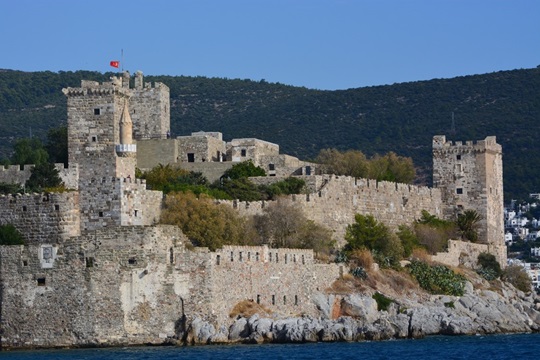 Fig. 1. Central redoubt of St. Peters castle in Bodrum with the Italian Tower in front of the French Tower to the left and the English Tower to the right (P. Pedersen).
Fig. 1. Central redoubt of St. Peters castle in Bodrum with the Italian Tower in front of the French Tower to the left and the English Tower to the right (P. Pedersen).
The Italian and the French Tower contain both ancient inscriptions and architectural spolia which appears to derive predominantly from the Sanctuary of Apollo, which was probably the most important sanctuary of Halikarnassos. The exact location of the sanctuary and its temple is not known as the summit of the Zephyrion Hill is now covered with crusader buildings. However, there can be no doubt that it was situated here and the spolia provides rich and varied information concerning the sanctuary.
The evidence of the inscriptions
The sanctuary was surrounded by a sacred area, a temenos, marked by border stones of which one is preserved (fig. 2). Its inscription says that this is the border stone of Apollo, and that “no one is to approach the height/citadel, who has no business there”.
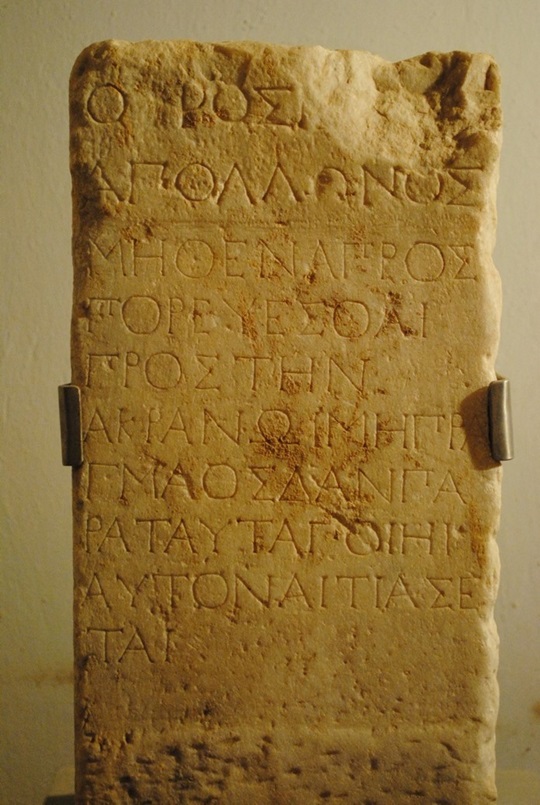 Fig. 2. The border stone of the sanctuary of Apollo (P. Pedersen).
Fig. 2. The border stone of the sanctuary of Apollo (P. Pedersen).
The two oldest inscriptions known from Halikarnassos were placed in the Apollonion in the 2nd quarter of the 5th century BC. One concerns comprehensive reorganization of land which may have to do with the political struggles at the time of the tyrant Lygdamis II, when Herodotos had to emigrate and his relative, the author Panyassos was killed by the tyrant and his adherents. This inscription is now in the British Museum. The other is an inscribed marble base for a bronze statue dedicated to Apollo by Panamyes, a wealthy Halikarnassian, who appears on the first mentioned inscription among the official mnemones of the city (fig. 3). During the Classical, Hellenistic and early Imperial times stelai with all kinds of official decisions of the city of Halikarnassos such as laws and inventory lists of Halikarnassian sanctuaries, honorary declarations and statues of priests and benefactors were erected - the Apollonion became an archive of Halikarnassos.
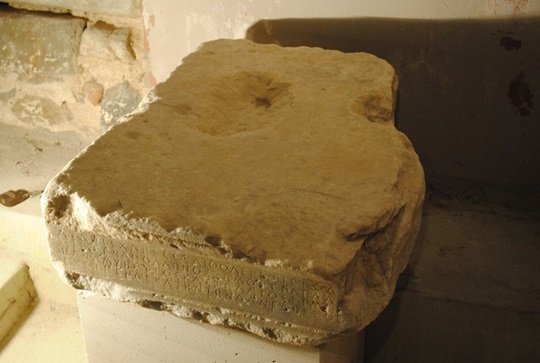 Fig. 3. Marble base for a bronze statue dedicated to Apollo by Panamyes (P. Pedersen).
Fig. 3. Marble base for a bronze statue dedicated to Apollo by Panamyes (P. Pedersen).
The evidence of the architectural spolia
The architectural spolia embedded in the walls of the French and Italian towers provide evidence for two fine buildings apparently also from the time of Herodotos and the Lygdamid dynasty. About 25 column drums of white marble and of uniform type are found on the slope of the hill and reused in the south and west wall of the Italian tower, which was built by the Italian admiral Fr. Angelino Muscettola, who was captain of the castle 1433-1435 (fig. 4). Finely carved column necks and speirae from column bases both point to a small temple built in the Samian Ionic order inspired by the great temple of Hera on Samos (fig. 5).
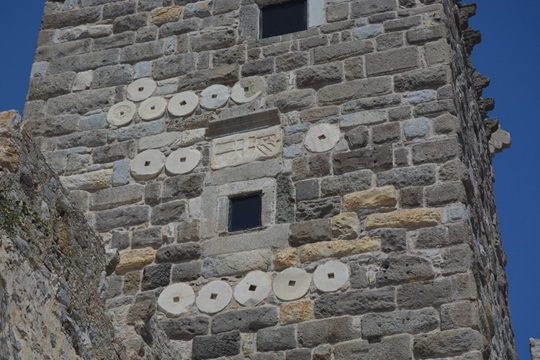 Fig. 4. Column drums in the Italian Tower (P. Pedersen).
Fig. 4. Column drums in the Italian Tower (P. Pedersen).
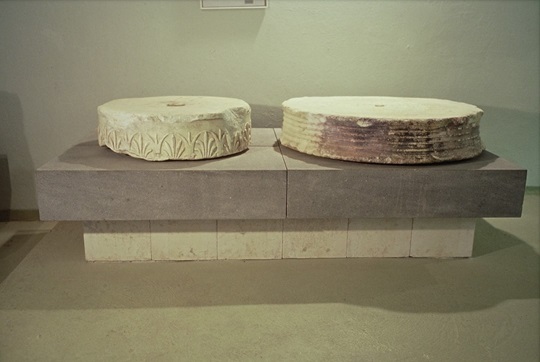 Fig. 5. Column neck with sculpted anthemion frieze to the left and speira of Samian-type column base to the right (P. Pedersen).
Fig. 5. Column neck with sculpted anthemion frieze to the left and speira of Samian-type column base to the right (P. Pedersen).
An Ionic column capital and the capital of an anta probably belong to the same group (fig. 6). The temple was built of expensive marble probably rom Paros, and the fine workmanship suggest that immigrant, expert workmen from Samos and Paros were engaged in the construction. At both places the construction of monumental buildings had ceased around 480 BC following the destructions and political turmoil by the end of the Persian wars.
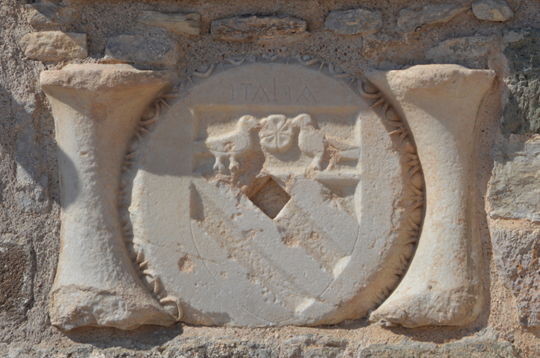 Fig. 6. Ionic column capital in the east wall of the Italian tower with shield of Fr. Angelino Muscetulla (P. Pedersen).
Fig. 6. Ionic column capital in the east wall of the Italian tower with shield of Fr. Angelino Muscetulla (P. Pedersen).
Remains of unfinished column drums of the Doric order may be from an accessory building in the sanctuary, perhaps with banquet rooms likewise from the second quarter of the 5th century BC (figs. 7 and 8).
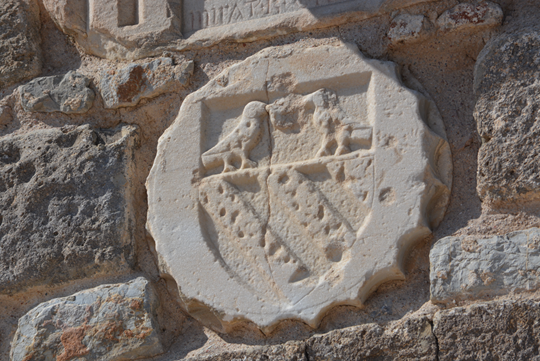 Fig. 7. Bottom side of unfinished Doric column drum in east wall of the Italian Tower (P. Pedersen).
Fig. 7. Bottom side of unfinished Doric column drum in east wall of the Italian Tower (P. Pedersen).
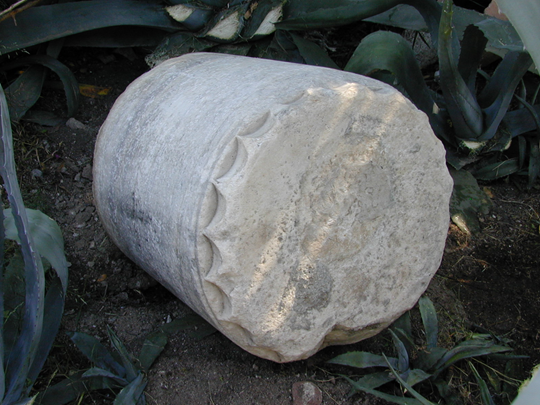 Fig. 8. Unfinished Doric column drum on northwest slope of the Zephyrion hill (P. Pedersen).
Fig. 8. Unfinished Doric column drum on northwest slope of the Zephyrion hill (P. Pedersen).
The spolia in the old part of the crusader castle provides rich information concerning the Apollonion in Halikarnassos. In addition to this they throw new light on the early classical period in Halikarnassos, the time of Artemisia and her Lygdamid family and a time when Halikarnassos seems to have experienced a cultural flourishing in literature and poetry, when Pigres, Panyassis and Herodotos created works which were remembered all through antiquity.